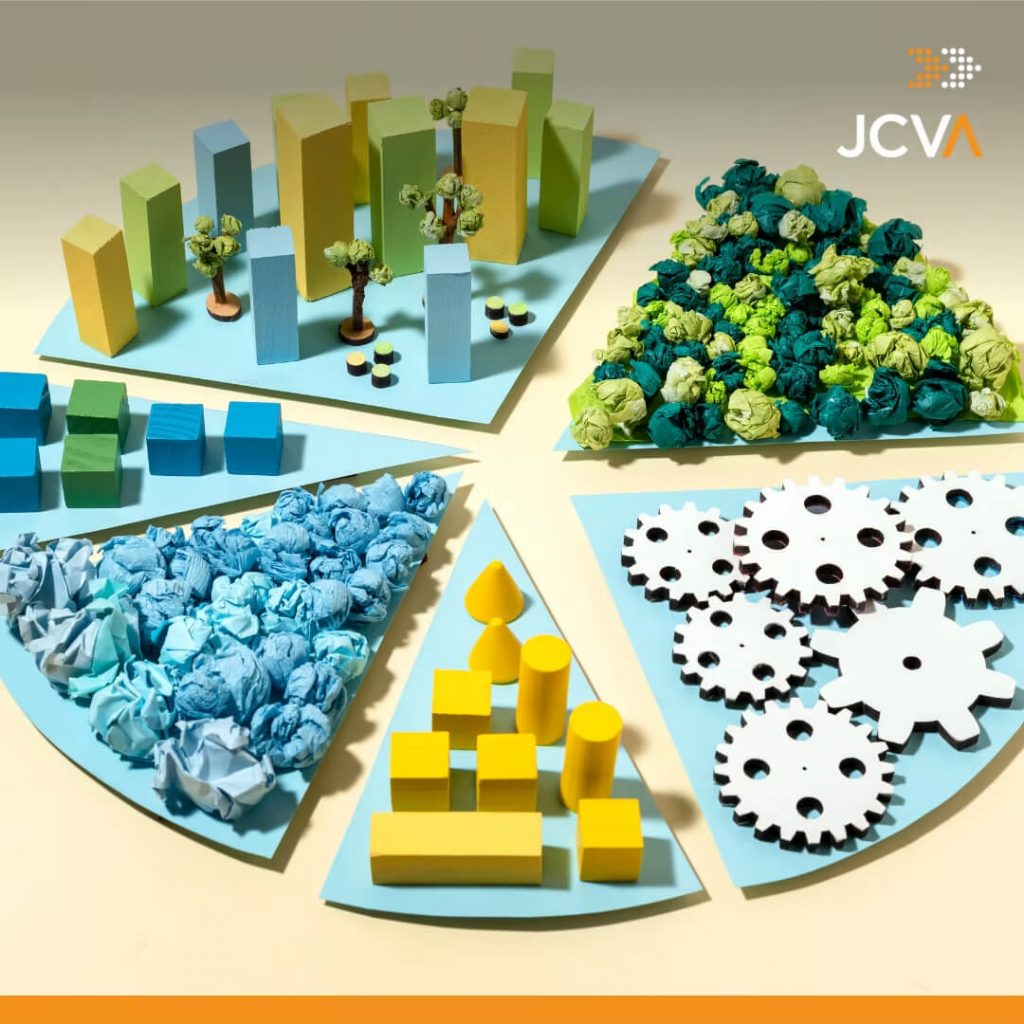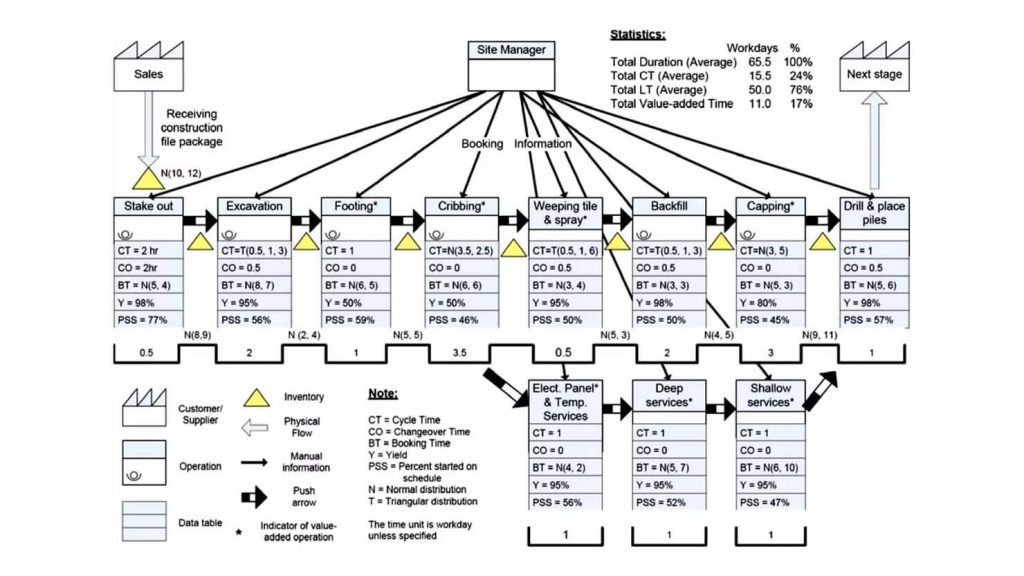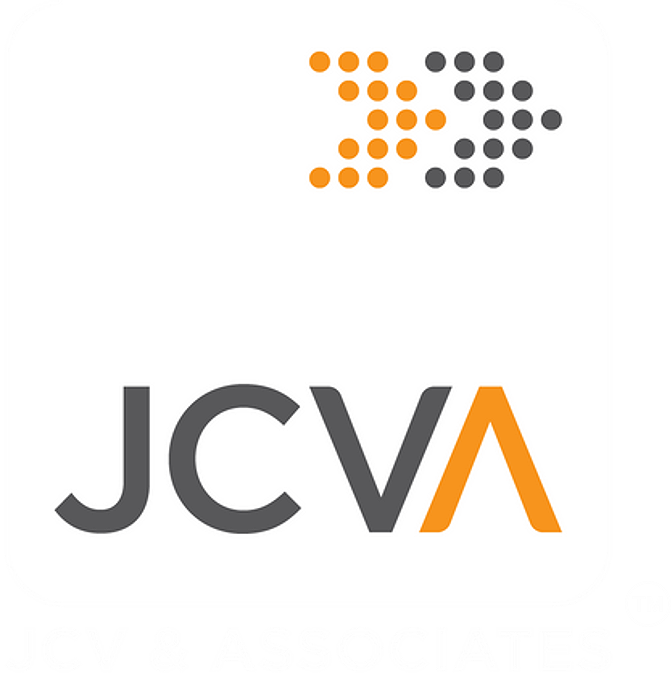
Step into a new era where construction surpasses its traditional limitations, efficiency reigns supreme, and projects unfold seamlessly. Lean Construction emerges as a beacon of hope in an industry plagued by inefficiency, cost overruns, and delays. This innovative and sustainable construction project method paves the way for smarter, faster, and more successful projects by embracing a philosophy rooted in enhanced efficiency and continuous improvement.
Lean Construction redefines what it means to build efficiently and cost-effectively. Drawing inspiration from the renowned Toyota Production System, it aims to eliminate waste, optimize productivity, and unlock maximum value throughout the project lifecycle. World-renowned construction companies have already embraced lean construction and its principles. How do you go about implementing Lean Construction? Let’s explore these 6 principles but be prepared for a big pivot from your familiar construction build routine.
We must first understand what value means to fully grasp the first principle’s essence. In its simplest form, value refers to what the client is willing to pay for or their specific needs. This includes defining the timeline of the project, budget, and other essential requirements and expectations.
The principle of value places the utmost importance on understanding and delivering what truly matters to the client. It involves identifying the project’s purpose, eliminating wasteful activities, and focusing on actions directly contributing to meeting client expectations. By aligning project goals with client needs, Lean Construction ensures maximum value creation and client satisfaction.
Once the value or the project’s end goal is set, it’s time to map the value stream. This includes identifying and understanding all the steps involved in conducting the project. Value-stream mapping is a straightforward procedure that allows project managers to see and analyze every action taken throughout the project.
The goal is to create a visual “map” that highlights the flow of the project through each stage as well as identify any steps that do not contribute value. Through value-stream mapping, project managers can gain a deeper understanding of the operations and find opportunities for improvement.

Value Stream Map in construction as illustrated by Li & Solis (2018)
After eliminating the waste from the value stream, the next crucial step is to ensure the project flows seamlessly without interruptions, delays, or bottlenecks. The aim is to align the value-creating steps in a synchronized sequence, allowing the project to flow effortlessly until completion.
Efficient flow is essential for eliminating delays, reducing waste, and enhancing productivity. Lean Construction emphasizes the importance of optimizing workflow and maintaining a smooth progression of tasks. Techniques such as pull planning, visual management, and lean scheduling help synchronize activities, ensuring a seamless workflow from start to finish.
Now that the flow is more optimized. It’s time to implement the pull system. This type of scheduling ensures that production is not done until there’s a demand for it. As a result, products don’t need to be stockpiled or built in advance to reduce the need for an expensive inventory, saving money for both the project manager and the client.
The principle of pull centers around empowering project teams to work collaboratively and pull resources as needed. It encourages active participation and engagement from all stakeholders, fostering a culture of shared responsibility and accountability. Pull planning techniques enable teams to determine, identify constraints, and collectively align efforts to achieve project milestones.
At the heart of Lean Principles lies “Kaizen,” a concept that embodies the spirit of “improve for the better.” After all the steps have been accomplished, it’s time to apply this lean philosophy to the company culture to further improve future construction projects.
Lean Construction embraces the idea of continuous improvement as a means of achieving perfection. It emphasizes the importance of adopting a learning culture, encouraging innovation, and seeking ways to enhance performance at every level. By relentlessly pursuing incremental improvements, project managers can ensure that projects evolve, adapt, and achieve excellence over time.
As the industry embraces the transformative principles of Lean Construction, it gains the power to eliminate wasteful practices, boost productivity, and deliver unparalleled value to clients. This is achieved through an unwavering commitment to understanding and meeting client needs, meticulous planning of project processes, seamless streamlining of construction flow, fostering a culture of collaborative teamwork, and a relentless pursuit of improvement.
Lean Construction emerges as the beacon of transformation in an industry of towering structures and intricate projects. JCVA supports this revolutionary approach as we constantly challenge the status quo and redefine the industry’s potential. Through continuous improvement, we unlock the potential for groundbreaking solutions, propelling the construction industry forward and embracing a future where possibilities are limitless.
Are you ready to get ahead of the game? Don’t wait—the time for change is now. Contact us at info@jcvassociates.ph or visit www.jcvassociates.ph to learn how we can help you turn your visions into reality.
Source:
We manage risks, build strong stakeholder relationships, and deliver solutions that reflect global best practices, backed by deep local industry knowledge.
If you're looking for a reliable partner to bring your vision to life, JCVA is here to build it with you.


